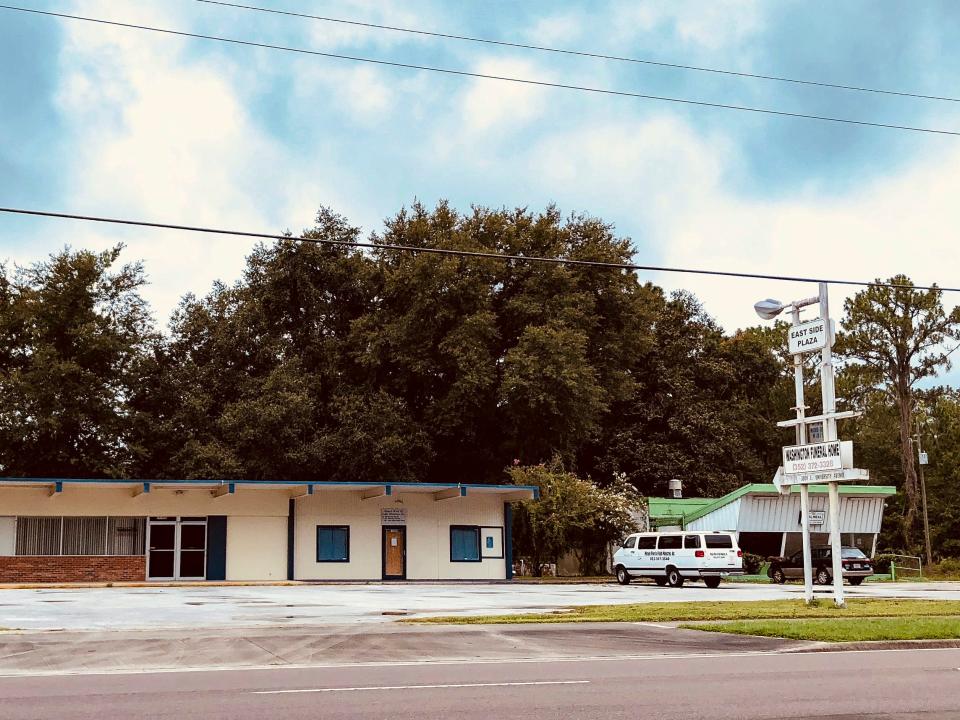Improving access to health care in east Gainesville would help address disparities
An unfortunate reality of health care is the existence of health disparities — the “preventable differences in the burden of disease or opportunities to achieve optimal health experienced by socially disadvantaged populations,” as defined by the Centers for Disease Control and Prevention.
A striking example is the disparity between east and west Gainesville. As a University of Florida student and an aspiring health care worker, the disparity in access to food, health care, literacy and transportation between the rich university-affiliated areas and the eastern side of Gainesville is painfully apparent.
While the student-populated areas can choose between different supermarkets, modes of transportation and housing, the poorer side of Gainesville struggles for basic amenities and fundamental rights such as easy access to food, health care and legal aid.
Surrounding areas are largely agricultural and rural in nature. Given the large student population, which often has access to high-quality health care on campus as compared to the rural areas nearby, the health care data is often skewed.
For example, growth in Alachua County has also been asymmetrical, with higher growth in the west and northwest side of Gainesville compared to the east side. To provide context on the great health disparities within the area, let’s look at east Gainesville, where most of the city’s African American residents live (about 20% of the population).
Their longevity is considerably shorter compared to the west side (73 vs 81.60 years, with a national average of 78.70 years). Furthermore, while there are 31 health clinics on the west side, only 11 exist on the east side.
Lastly, the difference in access to food, transportation and jobs is blatantly visible. At UF there are countless restaurants and several grocery and convenience stores. Transportation such as Ubers, Lyfts and buses are easily accessible and quite frequent, in contrast to the east side of town.

Local leaders that run a meal program say that they supply food to 250 families every week, some of whom pick up food for friends and family who are unable to bear the cost of transportation to the program. Food inaccessibility is further corroborated by a 2005 dissertation from UF that maps out how even the supermarkets that are present in the eastern side of the city fall outside of low-income areas.
East Gainesville also suffers from “low literacy, lack of exposure to technology, higher unemployment, and high poverty (46% live below the poverty level vs 27% for the city).” Lastly, 11.6% of Alachua County does not have health insurance (vs. the national median of 10.6%).
From a strict health care perspective, improving access to health care in east Gainesville — either via increased public transportation to west Gainesville or the opening of more clinic sites in east Gainesville — can result in direct, immediate improvement. However, this is merely the beginning as the disparity has arisen due to multiple issues and will require consistent, multi-disciplinary efforts moving forward.
Ramya Reddy is a medical student at UF.
Join the conversation
Letters to the editor present the opinions of readers on news stories and other pieces published by The Sun. Share your opinions by sending a letter to the editor (up to 200 words) to letters@gainesville.com. Letters must include the writer's full name and city of residence. Additional guidelines for submitting letters and longer guest columns can be found at bit.ly/sunopinionguidelines.
Journalism matters. Your support matters.
Get a digital subscription to the Gainesville Sun. Includes must-see content on Gainesville.com and Gatorsports.com, breaking news and updates on all your devices, and access to the eEdition. Visit https://www.gainesville.com/subscribenow to sign up.
This article originally appeared on The Gainesville Sun: Ramya Reddy: Improve access to health care in east Gainesville

